This post may contain affiliate links. For full information, please see our disclaimer here and our Privacy Policy here.
Welcome to the Solo Female Travel Safety Tips and Advice page for Guinea-Bissau!
This page is brought to you by Solo Female Travelers Tours, our curated small group trips for women, by women.
On this page you will find first-hand, unbiased, and real safety tips, advice and reviews from women traveling solo, submitted directly from their personal experiences in the country.
Their opinions are unfiltered and submitted independently as part of the Solo Female Travel Safety Index, a ranking of 210 countries and regions based on how safe they are for women traveling solo.
The safety scores range from 1 to 4 with 1 being the safest and 4 being the most dangerous for solo female travelers.
You don’t need to login to read the below reviews. But do sign up or login to share your solo travel experiences, country safety rating and comments.
Jump straight to: Travel Tips | About the Index | Resources I Leave a Review
MAKE A DIFFERENCE – LEAVE YOUR SAFETY REVIEWS!
We can make the world a safer place for women traveling solo together. Sign up to our portal and leave your reviews NOW. Share your experience with other solo female travelers and help us empower more women through travel.
Guinea-Bissau Country data
We have compiled a few data points below that can help you better understand Guinea-Bissau and have more context when thinking about travel safety.
Official country name: Republic of Guinea-Bissau.
Etymology: The country is named after the Guinea region of West Africa that lies along the Gulf of Guinea and stretches north to the Sahel.
"Bissau," the name of the capital city, distinguishes the country from neighboring Guinea.
Country map
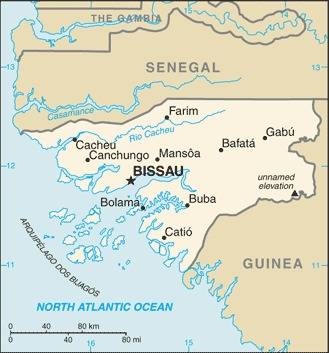
Locator map
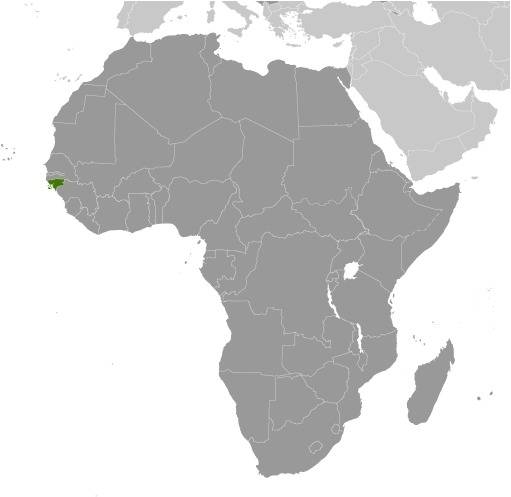
Flag
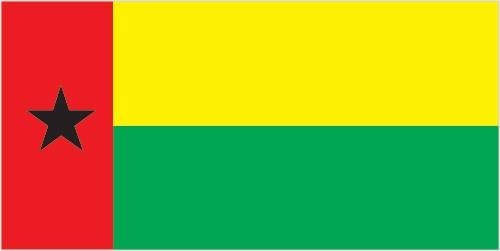
Capital: Bissau.
Independence / foundation: For much of its history, Guinea-Bissau was under the control of the Mali Empire and the Kaabu Kingdom. Starting in the 18th century, the Mali Empire and Kingdom of Kaabu slowly disintegrated into smaller local entities.
By the 19th century, Portugal had fully incorporated Guinea-Bissau into its empire. Since gaining independence in 1974, Guinea-Bissau has experienced considerable political and military upheaval.
Population: 2 million.
Currency: West African CFA Franc (XOF)
1 USD = 599 - 609 XOF
1 EUR = 656 XOF
Time zone: UTC 0
Languages spoken: Portuguese-based Creole, Portuguese (official; largely used as a second or third language), Pular (a Fula language), Mandingo.
Religions: Muslim 46%, folk religions 31%, Christian 19%, other or unaffiliated 4%.
Climate: Tropical climate that is generally hot and humid. Monsoonal-type rainy season from June to November with southwesterly winds, and dry season from December to May with northeasterly harmattan winds.
Real GDP (ppp – purchasing power parity): $3.9 billion.
Real GDP per capita (ppp): $1,900.
Main airports: Osvaldo Vieira International Airport.
World heritage sites in Guinea-Bissau
There are over 1,100 world heritage sites spread across more than 165 countries. New ones are added every year, and some may be removed from the list for various reasons.
Number of UNESCO listed sites: 0.
Top world heritage sites:
N/AInteresting facts about Guinea-Bissau
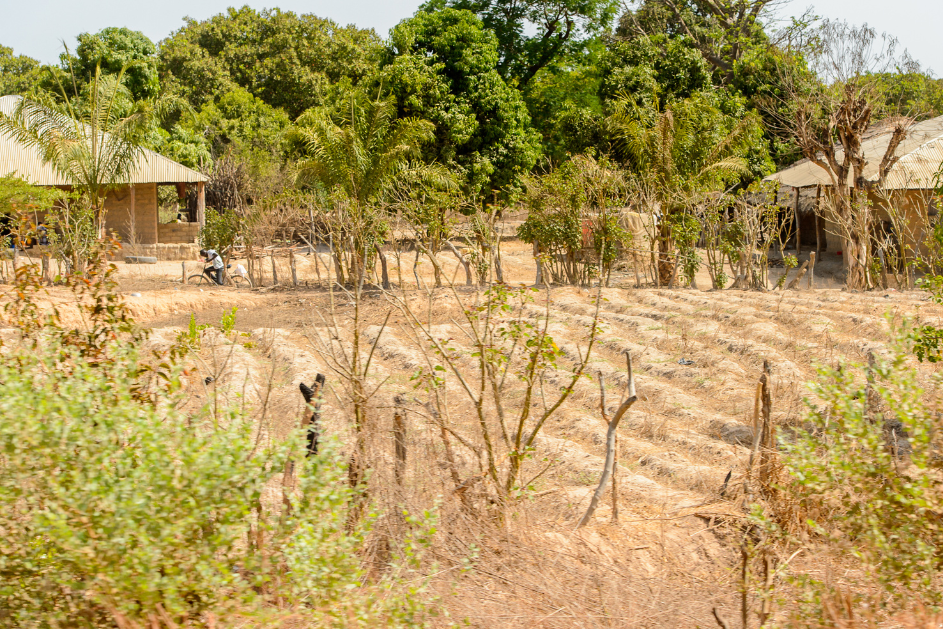
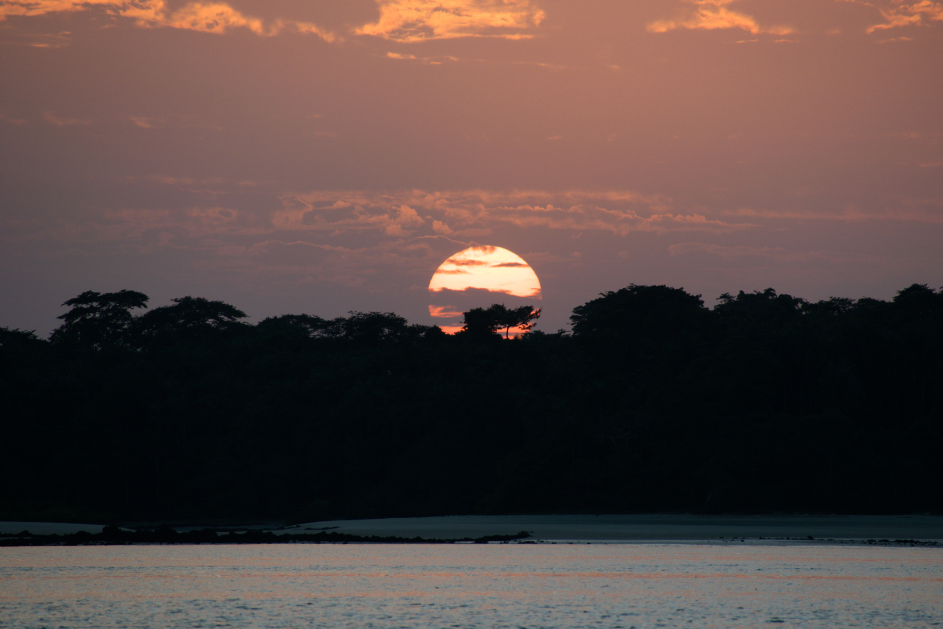
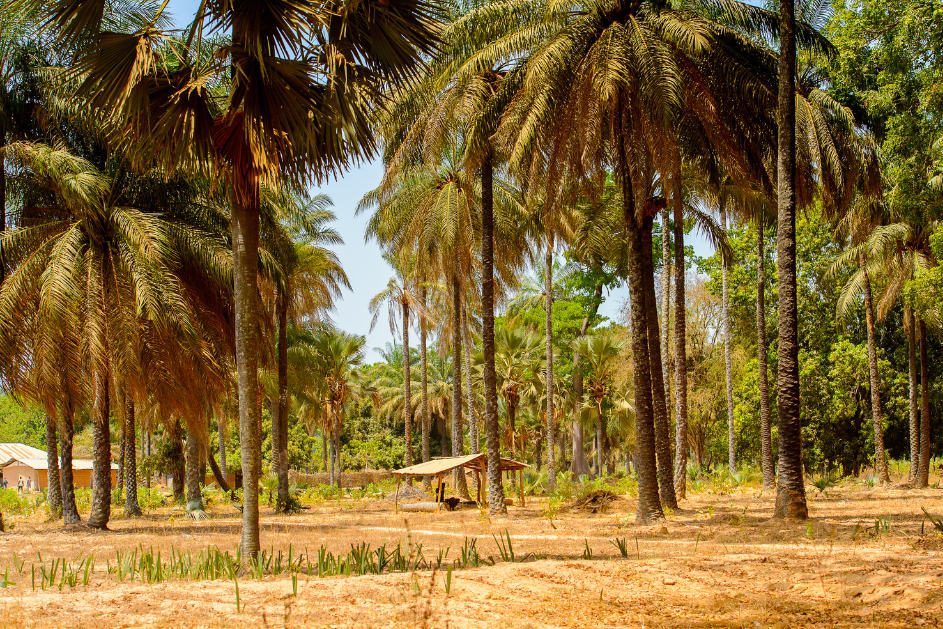
- Bolama, the former capital, was rapidly abandoned by the Portuguese and has fallen into decay and ruin.
- Guinea-Bissau is one of the few places in Africa where you can see traditional ancestral shrines with totem-like wood-carved structures.
- The Bijagós archipelago is one of the few places in the world where you can see saltwater hippos. The island of Poilão is the most important green turtle nesting site Africa.
Further reading: N/A.
Guinea-Bissau Travel tips
Socket type: C / E / F. Guide to socket types.
Weekend days: Saturday and Sunday.
Driving: Cars drive on the Right.
Local taxi apps: KiwiGo.
Travel Guides: Lonely Planet.
Languages spoken: Portuguese-based Creole, Portuguese (official; largely used as a second or third language), Pular (a Fula language), Mandingo.
Basic words and phrases in the main language:
Hello: OláPlease: Por favor
Thank you: Obrigado/Obrigada
Help: Preciso de tua ajuda
Learn more with our favorite learning app Mondly.
Find a hotel in Guinea-Bissau
Booking.comBook tours and activities:
Not available.More about Guinea-Bissau on Solo Female Travelers
Coming soon.Did you spot any errors? We do our best to keep this information updated and accurate, but things change. If you saw anything that is not right, let us know so we can fix it: [email protected].
About the Solo Female Travel Safety Index
Safety matters to solo female travelers, you told us so in our annual Solo Female Travel Survey, where year after year, women prove that this is their most important concern when traveling solo.
We wanted to do something about it, so we built these country-specific pages where you can find reviews and scores for 7 key variables affecting the safety of women traveling solo.
Variables
- Risk of scam
- Risk of theft
- Risk of harassment
- Attitudes towards women
- UK Travel Advisory
- US Travel advisory
- Global Peace Index (GPI)
Informing OSAC
The Solo Female Travel Safety Score is used by the Overseas Security Advisory Council for including safety concerns for women travelers in their country security reports; OSAC is a partnership between the U.S. Department of State and private-sector security community.
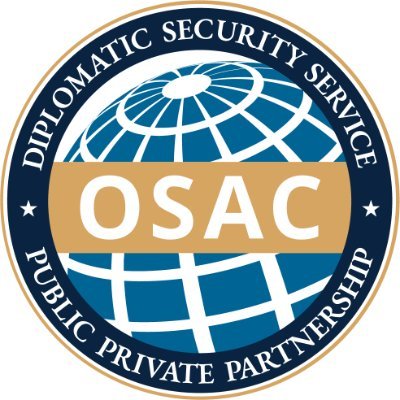
How to use the Safety Index
On this page, you will find the country score and the personal opinions on safety of other women traveling solo.
You can sort the comments by:
- The level of experience traveling solo of the reviewer (beginner = <5 trips solo, Intermediate = 5 to 10 trips solo, Experienced = >10 trips solo).
- The age of the traveler.
- Whether they are a visitor or local.
- The date they were posted.
The safety scores range from 1 to 4 with 1 being the safest and 4 being the most dangerous for solo female travelers.
Thus, the lower the score, the safer the country.
Looking for more safety resources?
This entire website is devoted to helping women travel solo. Check out the links below to learn more:
Solo Female Travel Stats: Results from the the largest, most comprehensive and only global research study on solo female travel trends, preferences and behaviors published.
Thanks to Jacobo Vilella for creating the Solo Female Travelers Safety Index ❤️






